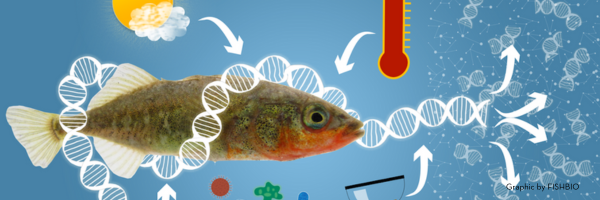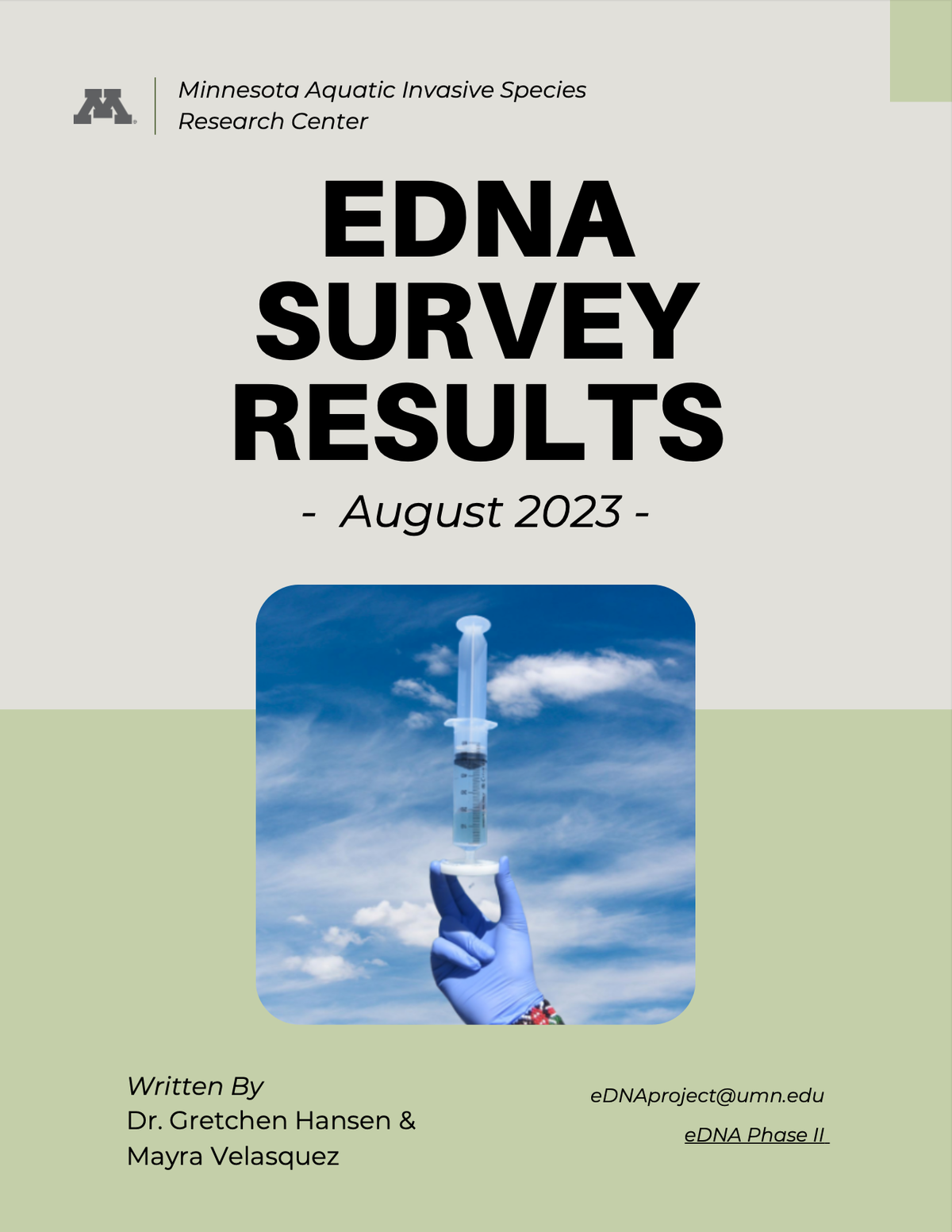This is an extension of a previous phase of eDNA sampling aimed at determining how well eDNA sample collection and filtration methods can be deployed by volunteers. Researchers in this phrase are learning about how effective volunteers are at detecting AIS with the hope of scaling this project up to detect aquatic invasives throughout Minnesota.
Aquatic invasive species (AIS) can pose a serious threat to aquatic ecosystems, and their presence usually results in significant ecological and economic damage. Early detection of AIS allows for a better chance of eradication and effective management strategies to be employed. Minnesota currently samples for aquatic invasives opportunistically; however, in order to sufficiently monitor for AIS, widespread surveillance techniques must be developed that are rapidly deployable, cost-effective, accurate, and feasible for non-researchers to use. This lack of standardized, representative sampling means that our current understanding of AIS prevalence in Minnesota lakes is likely underestimated.
This is a MAISRC project testing a citizen science approach for detecting aquatic invasive species using eDNA. The research team provided volunteers with sampling dates, materials, and protocols in order to assess the accuracy of eDNA monitoring, and investigate the prevalence of high priority aquatic invasive species like zebra mussels, rusty crayfish, spiny waterflea, and common carp in Minnesota.
This study, conducted across ten lakes with ten volunteers per lake, serves as a pilot project demonstrating the feasibility of this approach. The project aimed to establish a replicable model for similar efforts elsewhere, emphasizing the importance of training materials such as videos and manuals.
Volunteer samplers demonstrated proficiency in detecting aquatic invasive species (AIS), with contamination rates proving to be less severe than anticipated. Feedback from volunteers was positive, indicating their satisfaction with the training provided. Remarkably, the sampling efforts of volunteers were found to be as effective as those conducted by professional scientists. This success paves the way for broader adoption of eDNA sampling by citizen scientists, facilitating more extensive monitoring efforts for AIS and other environmental concerns.
Lakes surveilled:
- Leech Lake
- Mille Lacs
- Forest Lake
- White Bear Lake
- Lake Phalen
- Lake Owasso
- Lower Prior Lake
- Island Lake Reservoir
- Shagawa Lake
- Lake Vermilion
Funding for this project was provided by the Minnesota Aquatic Invasive Species Research Center (MAISRC) and the State of Minnesota.





